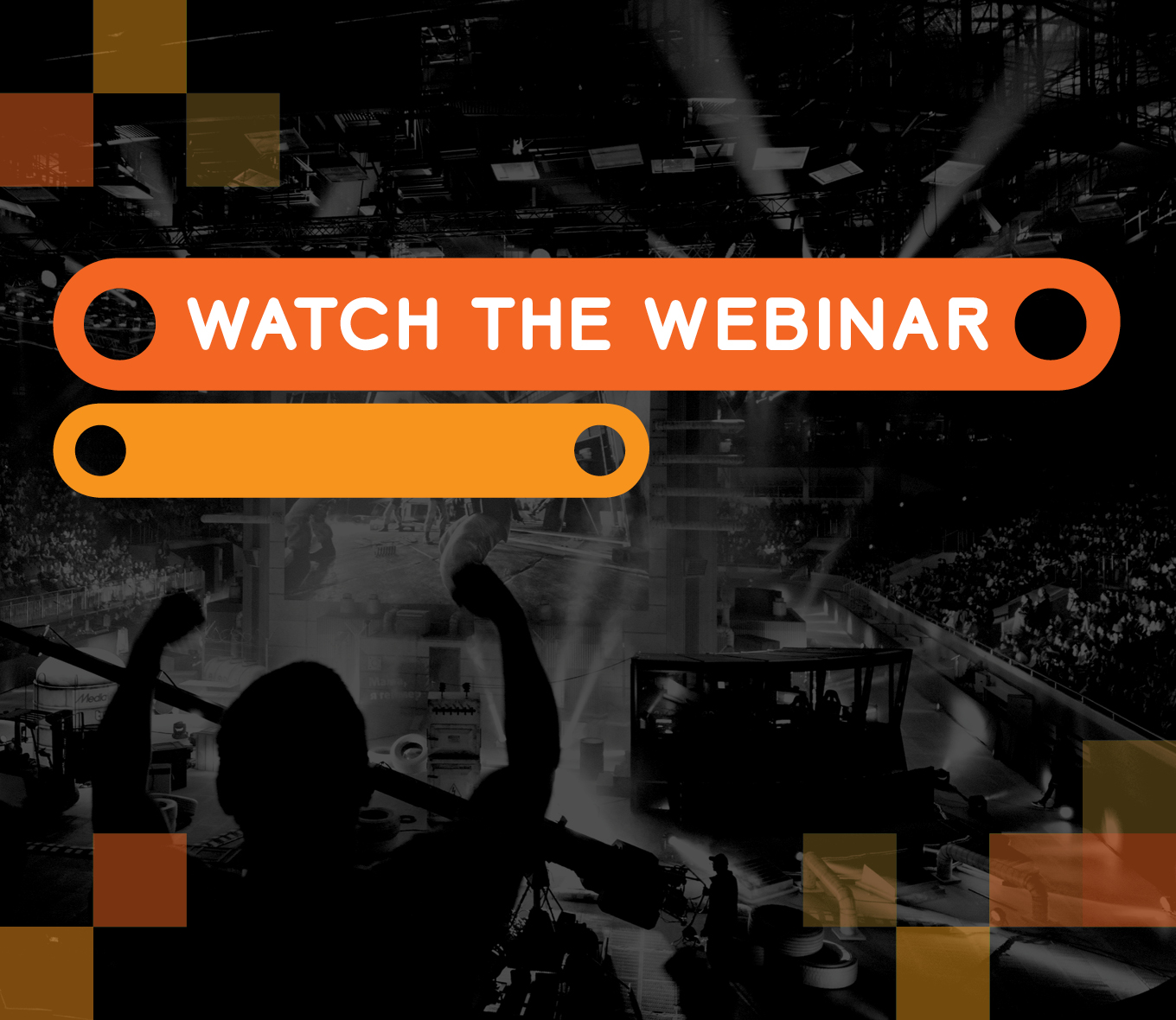Gaming today has expanded far past consoles and arcades, into mobile phone games and online games, some with incredible levels of complexity and photorealism. And the industry is still growing—Statista estimated the value of the video game industry to be U.S. $115 billion in 2018, and projects that value to grow to U.S. $ 138 billion by 2021. The growth of the industry means that the need for thorough game testing has also grown.
Releasing a game without fixing all its bugs can cause great frustration to its players and impact sales. And game testing is much more complex than having testers simply play the game through to the end. Games need to be built to allow for testing at all levels, from checking that all basic systems work to checking that the full playthrough is an engaging experience. Although automation can greatly improve testing capabilities, human testers are still integral to any complete testing process.
